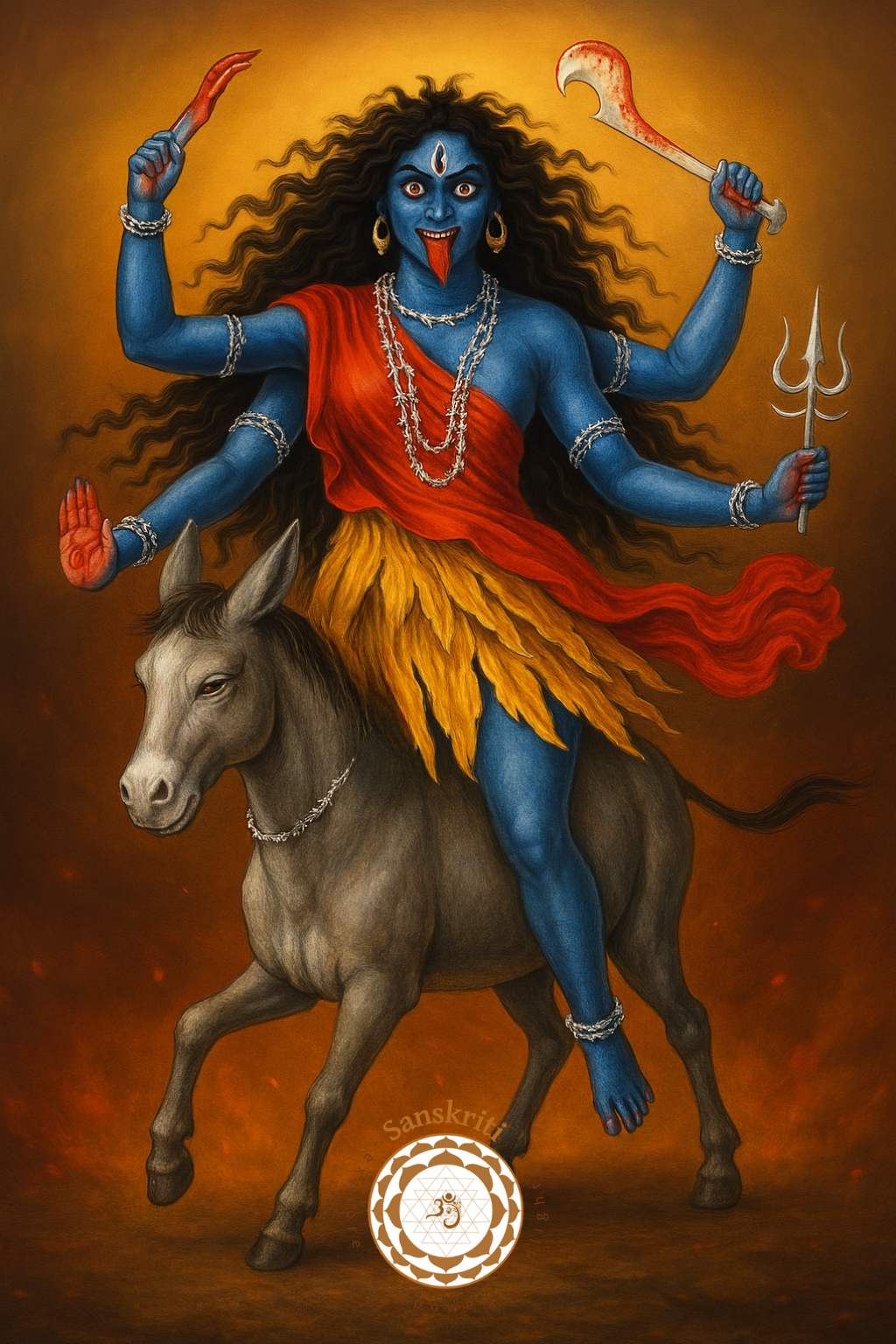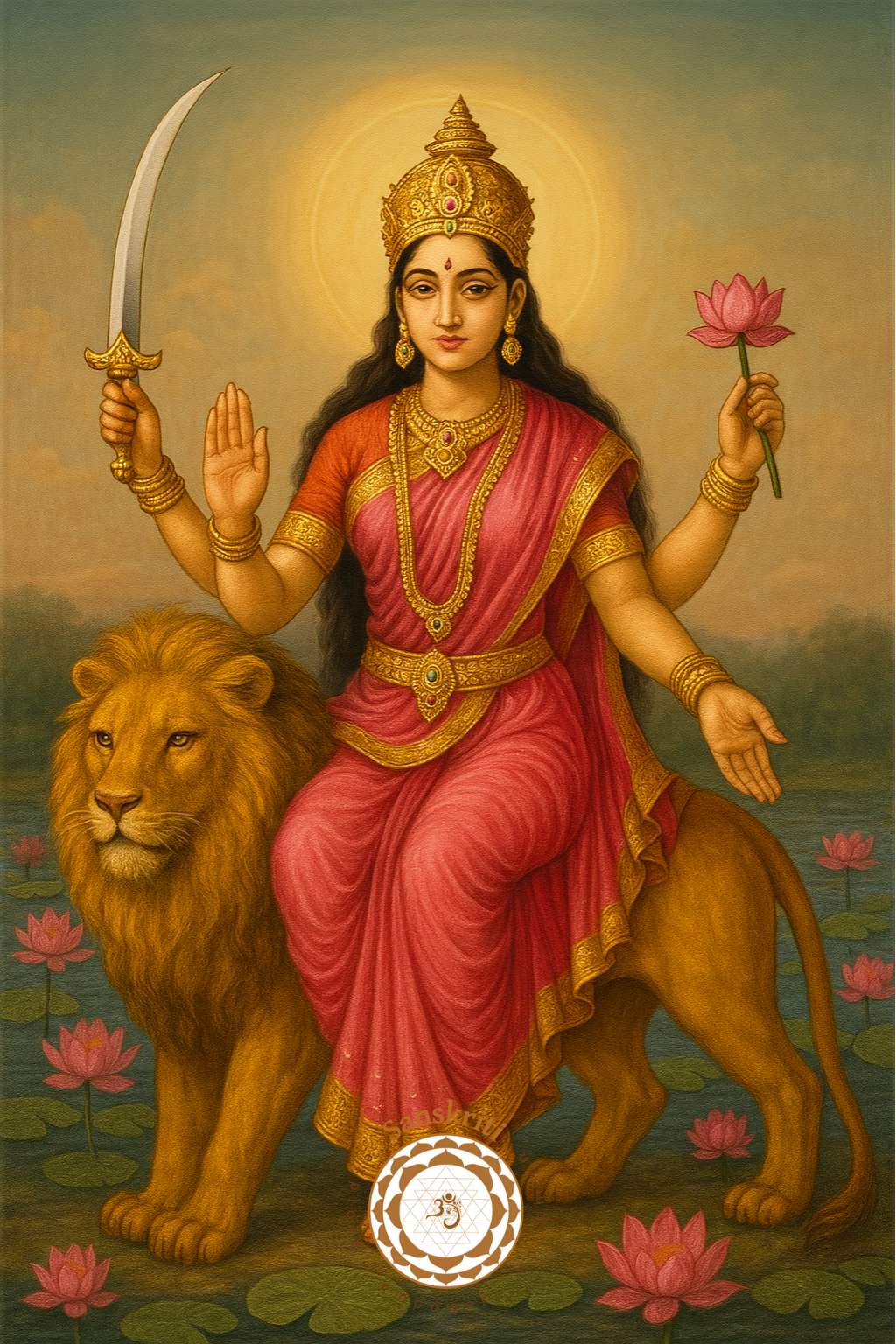The Sanskrit word swara means sound or note. It is also a continuous flow of air through one nostril. Yoga means union, so Swara yoga is a science, which is realization of cosmic consciousness through control and manipulation of breath.
Swara Yoga is the science, which is a complete study of observations, control and manipulation of breath or Swara. Pranayama is only related to the control of breath in various ways. In Swara yoga, you will find association of breath in relation to activities of sun, moon, other astral bodies, seasons, physical and mental conditions of individuals etc. So Swara Yoga is more comprehensive in theory and practices related to breath.
Applications of Swara Yoga as per Sanskrti Text “Shiva Swarodaya”
Swara yoga is useful while initiating any action starting from waking up in the morning, having bath, eating, involving in different works, mental activities, physical activities etc. Swara Yoga touches all parts of human life.
Applications of Swara Yoga
- Swara Yoga can be used in winning friends and overcoming enemies
- Swara Yoga can be used to gain wealth, prosperity and popularity
- Swara Yoga can be used to gain Knowledge of the past, present & future
- Achieving sound mental, physical & spiritual health
- Swara Yoga is very helpful in Daily Life while exercising, eating, sleeping, working etc.
Types of Swara
There are 3 main swara, namely
- Ida Nadi or Left Swara (Nadi is flow of pranic energy in body)
- Pingala Nadi or Right Swara
- Sushumna or third Swara.
Ida Nadi or Left Swara
It refers to the breath through the left nostril and is located on the left side of the spinal cord. It represents the moon, the female energy or Shakti principle. It is considered to be auspicious, smooth and virtuous. The Left Swara is associated with mental activities, parasympathetic nervous system or relaxation. It is connected to the right hemisphere of the brain. It is connected to the left hemisphere of the brain. It is considered as rough and non virtuous. It is active during the bright fortnight (15 days starting from next day of no moon to full moon day). One can gain fruitful results when Left Swara is active on Wednesday, Thursday, Friday and Monday. The active Zodiac signs during Lunar flow are tauras, cancer, virgo, scorpio, capricorn, pisces. When the Left Swara is active, one should perform all auspicious, stable, permanent actions such as purchasing jewellery, clothes, going on a journey, construction of house, office, temple, marriages, religious rights, peaceful work, treating incurable diseases etc.
Pingla Nadi or Right Swara
It refers to the breath through the right nostril and is located on the right side of the spinal cord. It represents the sun, the male or Consciousness principle. The right swara is associated with Pranic activities (physical activities), sympathetic nervous system(fight or flight response or stress response). Its dominance can be felt during the dark fortnight (15 days from the next day of full moon to no moon). Right Swara gives fruitful results Sunday, Saturday, Tuesday and the Zodiac signs active during the Solar flow are aries, aquarious, libra, Gemini and Sagittarius. Right Swara is considered as rough, non virtuous so one can perform inauspicious tasks such as extreme tantric techniques, mean actions, wars, sensual pleasures, captivatind women etc., successfully during this period. Besides these, one can also perform physical exercises like working with dynamism, and mental activities such as solving mathematics during this period as it is linked with the consciousness principle.
Third Swara “Sushumna”
It represents ‘Shiva’ (pure consciousness) in the state of ‘So-Ham.’ It is located at the center of the spinal cord. The Third Swara or Sushumna is said to be active when the Left and Right Swara flow together. No worldly action is recommended during this period as work gives no result. Sushumna indicates non-attachment to the mundane things. Meditation is recommended when this Swara is active.
Rhythms of Swara
Each Swara (Left and Right ) becomes active alternatively. Each Swara is active for about 1 to 1.5 hours depending on every individual on individual, and after the second Swara starts flowing, this cycle continues during day and night. These Swara Activities are related to Moon phases. Generally for healthy people the Swara should change at the time of sunrise and sunset.
The Lunar / Left Swara is active during the first three days of bright fortnight at sunrise. The Solar / Right swara is active during the first three days of the dark fortnight at sunrise.
Readjusting the Swara
Close active nostril with finger or cotton wool
- Inhale through active nostril & exhale through inactive
- Apply pressure to the armpit of the active nostril
- Lie down on the same side of the active nostril
- Cold bath or hot water changes the Swara
- Food consumed changes Swara
– Chilli, ginger – Solar / right Swara
– Yogurt, bananas – left / lunar Swara
Swara Indication – Physical & Mental activities
Common Cold – common cold indicates dominating Left Swara, which indicates cold. One can change this dominating Left Swara to Right Swara and cure the common cold or other diseases.
Acidity – If Right Swara dominates, it indicates the person will suffer from either acidity or fever. Right Swara is hot in nature.
Swara Yoga is still an unexplored area and lot of scientific research needs to be carried out before all facts and exact relation of Swara and physical and mental activities can be established.











